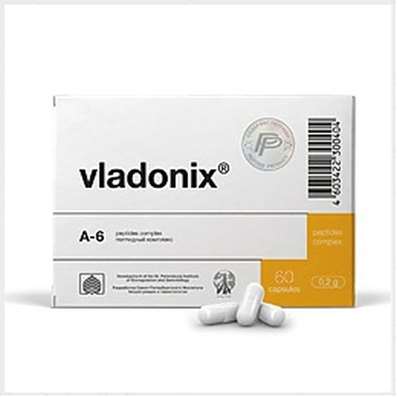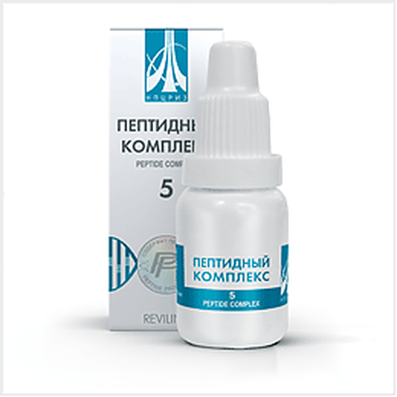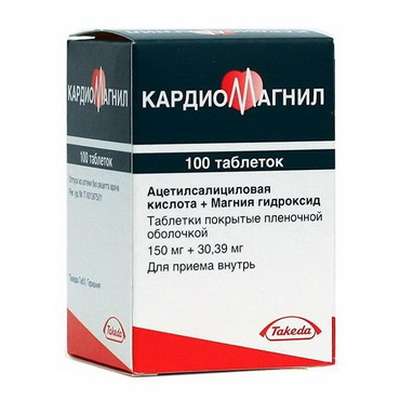Instruction for use: Napoton
I want this, give me price
Dosage form: dragee
Active substance: Chlordiazepoxide*
ATX
N05BA02 Chlordiazepoxide
Pharmacological group:
Anxiolytics
The nosological classification (ICD-10)
F10.2 Syndrome of alcohol dependence: Alcoholism; Alcohol addiction; posiomania; Dependence on alcohol; dipsomania; drunken state; alcohol abuse; Ideatornoy violations in alcoholism; Quarterly booze; Obsessive craving for alcohol; Neurotic symptoms of alcoholism; Craving for alcohol; Psychoorganic syndrome in chronic alcoholism; Reduced craving for alcohol; chronic alcoholism
F10.3 Abstinence: Alcohol withdrawal syndrome; Abstinence syndrome; Abstinence syndrome with alcoholism; Abstinence; Alcohol abstinence; Alcohol withdrawal status; Alcohol withdrawal syndrome; Postabstinctive disorder; Post-abstinence condition; Hangover syndrome; Abstinence syndrome; Alcohol abstinence syndrome; Alcohol withdrawal syndrome; Abstinence condition
F32 Depressive episode: Adynamic subdepression; Astheno-adynamic subdepressive states; Asthenodepressive disorder; Astheno-depressive disorder; Asthenodepressive state; Astheno-depressive state; Major Depressive Disorder; Vyaloapatichesky depression with retardation; Double depression; Depressive pseudodement; Depressive illness; Depressive mood disorder; Depressive disorder; Depressive mood disorder; Depressive state; Depressive disorders; Depressive syndrome; Depressive syndrome larviated; Depressive syndrome with psychoses; Depressed masks; Depression; Depression Depletion; Depression with the phenomena of inhibition within the framework of cyclothymia; Depression is smiling; Involutional depression; Involutionary melancholy; Involutional depression; Manic-depressive disorder; Masked Depression; Melancholic Attack; Neurotic depression; Neurotic depression; Shallow Depression; Organic depression; Organic depressive syndrome; Simple depression; Simple melancholic syndrome; Psychogenic depression; Reactive depression; Reactive depression with moderate psychopathological symptoms; Reactive depressive states; Reactive depression; Recurrent depression; Seasonal depressive syndrome; Severostatic depression; Senile Depression; Senile Depression; Symptomatic Depression; Somatogenic depression; Cyclotymic depression; Exogenous Depression; Endogenous depression; Endogenous Depressive Conditions; Endogenous Depression; Endogenous depressive syndrome
F48 Other neurotic disorders: Neurosis; Neurological diseases; Neurotic disorders; Neurotic condition; Psychoneurosis; Anxious-Neurotic Conditions; Chronic neurotic disorders; Emotional reactive disorders
G40 Epilepsy: Atypical convulsive seizures; Atonic seizures; Great seizures; Large convulsive seizures; Generalized Absences; Jackson epilepsy; Diffuse large seizure; Diencephalic epilepsy; Cortical and non-convulsive forms of epilepsy; Primary-generalized seizures; Primary-generalized tonic-clonic seizure; Pycnoleptic absence; Repeated epileptic seizures; Attack generalized; Seizure fit; Refractory epilepsy in children; Complicated convulsive seizures; Mixed seizures; Mixed forms of epilepsy; Convulsive condition; Convulsive seizures; Convulsions; Convulsive forms of epilepsy; Epilepsy grand mal; Epileptic seizures; Great seizures in children
G47.0 Disorders of falling asleep and maintaining sleep [insomnia]: Insomnia; Insomnia, especially difficulty falling asleep; desynchronosis; Prolonged sleep disturbance; Difficulty falling asleep; Short-term and transient insomnia; Short-term and chronic sleep disorders; Short or shallow sleep; Violation of sleep; Disturbed sleep, especially in the phase of falling asleep; Infringements sleep; sleep disturbances; Neurotic sleep disturbance; Shallow superficial sleep; shallow sleep; Poor quality of sleep; Night awakening; sleep Pathology; Postsomnic violation; transient insomnia; Trouble falling asleep; Early awakening; Early morning awakening; Early awakening; sleep disorder; somnipathy; persistent insomnia; difficult to fall asleep; difficulty falling asleep; Difficulty falling asleep in children; persistent insomnia; Worsening sleep; Chronic insomnia; Frequent night and / or early morning awakening; Frequent nocturnal awakening and a sense of the depth of the non-sleep; Night waking
N94.3 Premenstrual tension syndrome: Pronounced premenstrual syndrome; Menstrual psychosomatic disorder; Menstrual syndrome; Premenstrual tension; Premenstrual status; Premenstrual period; Premenstrual syndrome; Menstruation syndrome
N95.1 menopausal and menopausal status of women: Atrophy of the mucosa of the lower genital tract, caused by estrogen deficiency; Vaginal dryness; Autonomic dysfunction in women; gipoestrogeniya state; Deficiency of estrogen in menopausal women; Degenerative changes of the mucous membrane in the menopause; Natural menopause; an intact uterus; climacteric; Menopause women; Menopause in women; menopausal depression; Climacteric ovarian dysfunction; Menopause; Climacteric neurosis; Menopause; Menopausal symptoms complicated psychovegetative; Climacteric syndrome; Climacteric vegetative disorders; Climacteric psychosomatic disorder; menopausal disorders; Menopausal disorders in women; menopausal condition; Climacteric vascular disorders; Menopause; Menopausal vasomotor symptoms; menopausal period; Lack of estrogen; Feeling the heat; Pathological menopause; perimenopause; menopause; postmenopausal; Premature menopause; premenopauznom period; tides; hot flashes; flushing in the Meno and postmenopausal; Hot flashes / hot flashes in menopause; Heart attack during menopause; Early menopause in women; Disorders of menopause; climacteric syndrome; Vascular complications of menopause; Physiological menopause; Estrogendefitsitnye state; premature Menopause
Composition and release form
1 tablet contains chlordiazepoxide 5 or 10 mg; in the blister 10 pcs .; in the box 3 blisters.
Pharmachologic effect
Mode of action - anticonvulsant, anxiolytic, myorelaxing, sleeping pills.
Anxiolytic, hypnotic, anticonvulsant, muscle relaxant.
Indication of the drug Napoton
Neuroses, reactive depression, sleep disorders, withdrawal syndrome, convulsive condition, climacteric and premenstrual conditions, premedication.
Contraindications
Hypersensitivity, myasthenia gravis.
Application in pregnancy and breastfeeding
Contraindicated.
Side effects
Dizziness, confusion, memory impairment and concentration of attention, inhibition of mental and motor reactions, gait disturbance, difficulty breathing, skin rash; with prolonged use in high doses - addiction and drug dependence.
Interaction
Strengthens the effect of alcohol and other drugs that depress the central nervous system.
Dosing and Administration
Adults: inside, 5-10 mg 2-4 times a day, with stress and anxiety in combination with sleep disorders - 10-20 mg once a day for 1-2 hours before sleep; in psychiatric practice - begin with 50-100 mg / day, then - up to 300 mg / day in 3-4 sessions; with alcoholic excitation - more than 300 mg / day. Elderly - 5-10 mg / day in 1-2 divided doses.
Children: inside, from 4 to 7 years - 5-10 mg / day, 8-14 years - 10-20 mg / day, 15-18 years - 20-30 mg / day in 3-4 hours.
Precautionary measures
Patients should refrain (during treatment) from occupations requiring increased attention, rapid mental and motor reactions.
Storage conditions of the drug Napoton
Keep out of the reach of children.

 Cart
Cart





